In Camera
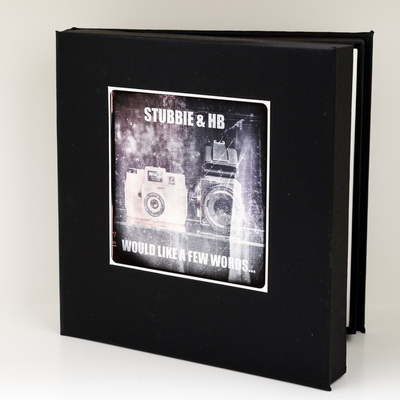
Stubbie & HB would like a few words…
Custom made clamshell box, about 6⅞" × 6⅞" × 1⅛" holding 10 prints.
Cover image: digital image / inkjet print
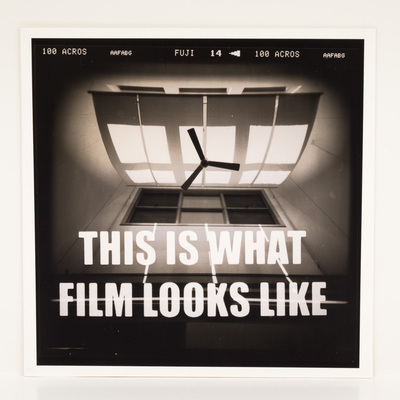
This is What Film Looks Like
Silver gelatin print, about 6¼" square, mounted on conservation board.

Fail.
Silver gelatin print, about 6¼" square, mounted on conservation board.
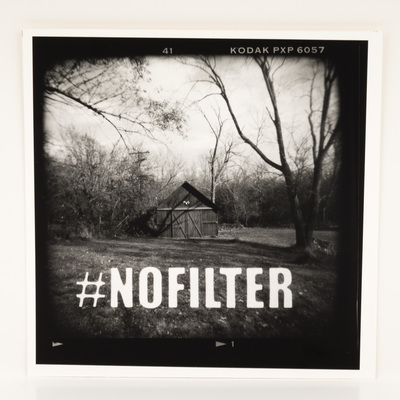
#nofilter
Silver gelatin print, about 6¼" square, mounted on conservation board.
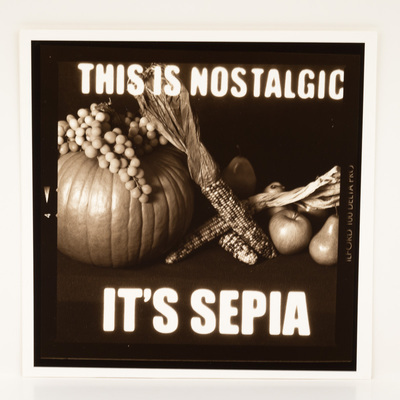
This is Nostalgic It’s Sepia
Sepia toned silver gelatin print, about 6¼" square, mounted on conservation board.
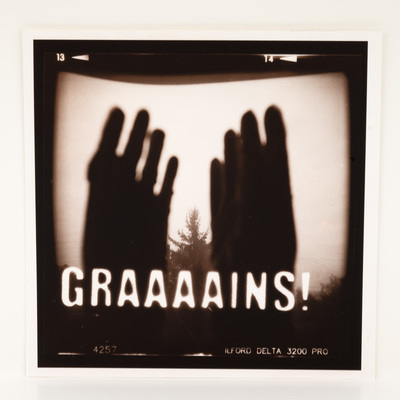
GRAAAAINS!
Silver gelatin print, about 6¼" square, mounted on conservation board.
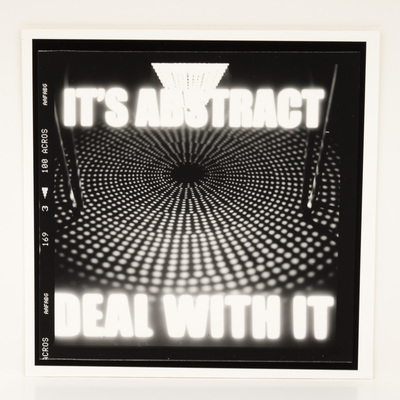
It’s Abstract Deal With It
Silver gelatin print, about 6¼" square, mounted on conservation board.
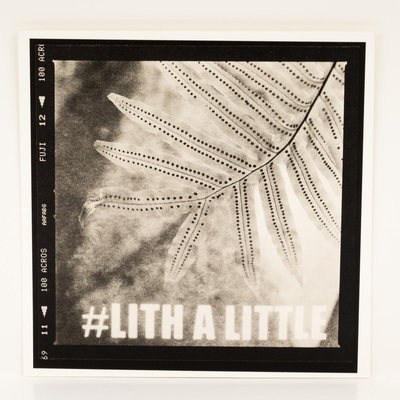
#lith a little
Silver gelatin print, processed with lith chemistry. About 6¼" square, mounted on conservation board.
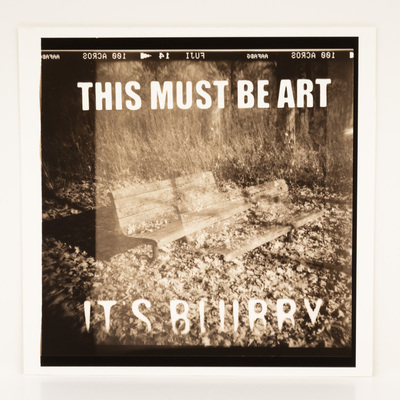
This Must Be Art It’s Blurry
Sepia toned silver gelatin print, about 6¼" square, mounted on conservation board.

In Camera Bitches
Selenium toned silver gelatin print, about 6¼" square, mounted on conservation board.
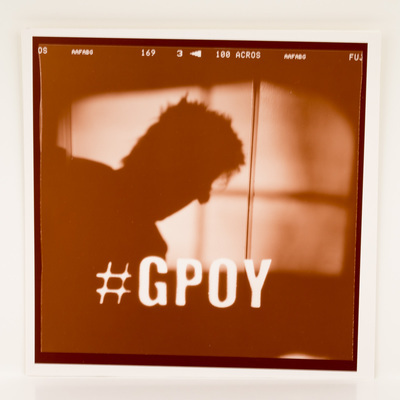
#gpoy (Gratuitous Picture of Yourself)
Brown toned silver gelatin print, about 6¼" square, mounted on conservation board.
I have seen (and used) filters and processing on digital images to make them look more like film. With this project I poke a little fun at that habit, and at the same time I tease “film 4evah!” people by adding a digital-style effect to the image.
“Digital-style” means first creating an inkjet printed transparency of the text, then contact printing that onto lith (graphic arts) film to make a mask. I then take the mask and put it in the camera between the lens and the film plane, expose light through it, and then remove the mask before making the final exposure of the scene. This is why I call this work “In Camera” — everything you see in the image was created inside the camera box (with a few exceptions, like the toning color and the lith development).
The ten images inside the portfolio were created with two cameras, four kinds of medium format black and white film, two darkroom papers, two darkroom developing processes, and three types of chemical toners. The box is custom made; the cover image is an inkjet print of a digital image processed “to look like film.”
Chemical and digital photography (and all mixtures of the two) are each “real” photography. They are part of a spectrum, not a dichotomy — there is room for everyone.
See In Camera, Retrospective for more information.